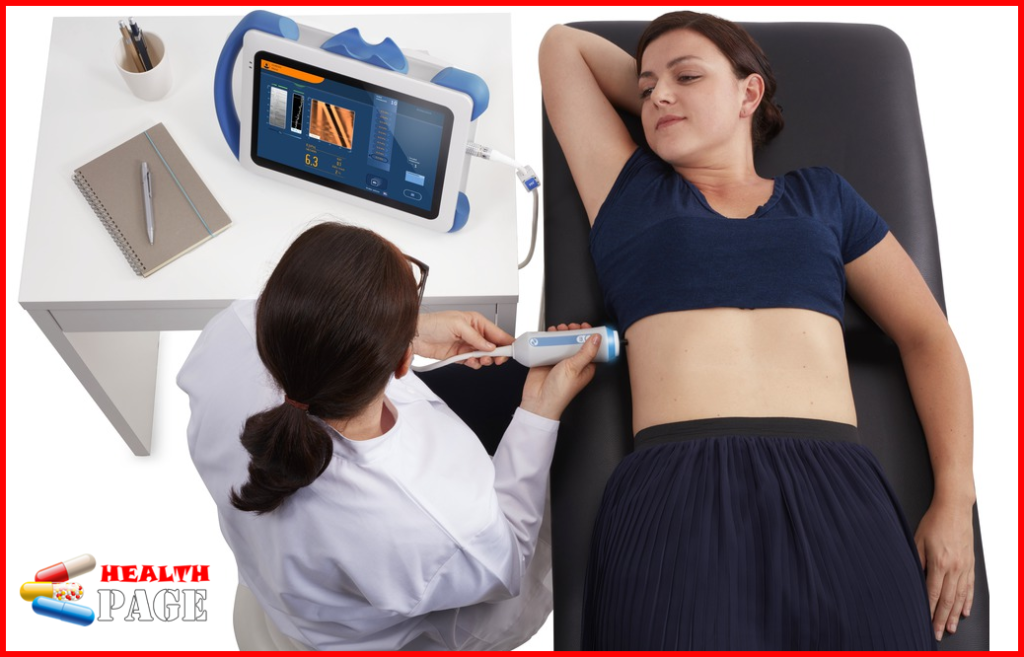What is Fibroscan and Its Purpose?
When it comes to liver health, early detection and monitoring are crucial. One of the most advanced tools for this is Fibroscan. But what exactly is it, and why is it so important? In this article, we’ll explore everything you need to know about Fibroscan, its purpose, and how it can benefit you.
What is Fibroscan?
Fibroscan is a non-invasive medical device used to assess liver health. It measures liver stiffness and fat content, helping doctors diagnose conditions like fibrosis and cirrhosis. Unlike traditional liver biopsies, it is painless, quick, and doesn’t require any needles or incisions.
The device uses a technology called Vibration-Controlled Transient Elastography (VCTE). It sends a small vibration through the liver and measures how fast it travels. Stiffer liver tissue indicates potential scarring or damage.
How Does Fibroscan Work?

It works by using a probe placed on the skin over the liver area. Here’s a step-by-step breakdown of the process:
- The patient lies on their back, and the technician applies a gel to the skin.
- The probe sends a painless vibration through the liver.
- The device measures the speed of the vibration, which correlates with liver stiffness.
- Results are displayed on a screen, showing the level of liver fibrosis or fat.
The entire process takes about 10-15 minutes, and patients can resume normal activities immediately afterward.
Purpose of Fibroscan
The primary purpose of Fibroscan is to evaluate liver health without invasive procedures. Here are the key reasons why it is used:
1. Diagnosing Liver Fibrosis
Liver fibrosis occurs when scar tissue builds up due to chronic liver damage. Fibroscan helps detect the stage of fibrosis, from mild to severe. Early detection can prevent progression to cirrhosis or liver failure.
2. Assessing Liver Fat (Steatosis)
Fatty liver disease is a common condition where excess fat accumulates in the liver. It measures the fat content, helping doctors diagnose and monitor the condition.
3. Monitoring Chronic Liver Diseases
For patients with chronic liver conditions like hepatitis B, hepatitis C, or alcoholic liver disease, Fibroscan provides regular updates on liver health. This helps in adjusting treatment plans as needed.
4. Avoiding Liver Biopsies
Liver biopsies are invasive and carry risks like bleeding or infection. It offers a safer alternative, reducing the need for biopsies in many cases.
Benefits of Fibroscan
It has revolutionized liver health monitoring. Here are some of its key benefits:
- Non-invasive and Painless: No needles or incisions are required.
- Quick and Convenient: The procedure takes only 10-15 minutes.
- Accurate Results: Provides reliable data on liver stiffness and fat content.
- Cost-Effective: Often cheaper than traditional liver biopsies.
- Safe for Repeated Use: Ideal for long-term monitoring of liver conditions.
Who Should Get a Fibroscan?
Fibroscan is recommended for individuals at risk of liver diseases. This includes:
- People with chronic hepatitis B or C.
- Those with a history of heavy alcohol use.
- Patients with non-alcoholic fatty liver disease (NAFLD).
- Individuals with obesity or type 2 diabetes.
- Anyone with unexplained liver enzyme abnormalities.
If you fall into any of these categories, consult your doctor about whether a Fibroscan is right for you.
Fibroscan vs. Liver Biopsy
While liver biopsies have been the gold standard for diagnosing liver conditions, it offers several advantages:
| Aspect | Fibroscan | Liver Biopsy |
|---|---|---|
| Invasiveness | Non-invasive | Invasive |
| Pain Level | Painless | Can be painful |
| Recovery Time | Immediate | Requires recovery time |
| Risk of Complications | Minimal | Risk of bleeding, infection, or pain |
| Cost | Generally lower | More expensive |
However, in some cases, a biopsy may still be necessary for a definitive diagnosis.
Limitations of Fibroscan
While it is a powerful tool, it has some limitations:
- Not Suitable for All Patients: It may not work well for individuals with obesity or ascites (fluid in the abdomen).
- Limited to Liver Assessment: Fibroscan only evaluates the liver and cannot diagnose other organs.
- Operator Dependency: Results can vary depending on the technician’s skill.
Despite these limitations, it remains a valuable tool for liver health assessment.
What to Expect During a Fibroscan

If you’re scheduled for a Fibroscan, here’s what you can expect:
- Preparation: No special preparation is needed. You can eat and drink normally before the test.
- During the Test: You’ll lie on your back, and the technician will place the probe on your skin. The procedure is painless and quick.
- After the Test: You can go home immediately and resume your daily activities.
Results are usually available within a few days and will be discussed with your doctor.
Interpreting Fibroscan Results
Fibroscan results are measured in kilopascals (kPa) for liver stiffness and decibels per meter (dB/m) for fat content. Here’s a general guide:
- Liver Stiffness:
- Less than 7 kPa: Normal or mild fibrosis.
- 7-10 kPa: Moderate fibrosis.
- Above 10 kPa: Severe fibrosis or cirrhosis.
- Liver Fat:
- Less than 240 dB/m: Normal or mild fat.
- 240-290 dB/m: Moderate fat.
- Above 290 dB/m: Severe fat accumulation.
Your doctor will explain your results and recommend appropriate next steps.
Conclusion
Fibroscan is a game-changer in liver health monitoring. It’s non-invasive, quick, and provides accurate results, making it an excellent alternative to traditional liver biopsies. Whether you’re at risk of liver disease or need regular monitoring, Fibroscan can help you stay on top of your liver health.
If you have concerns about your liver, talk to your doctor about whether a Fibroscan is right for you. Early detection and treatment can make all the difference in maintaining a healthy liver.
By understanding what Fibroscan is and its purpose, you can take proactive steps toward better liver health. Remember, your liver plays a vital role in your overall well-being, so don’t hesitate to prioritize its care!

